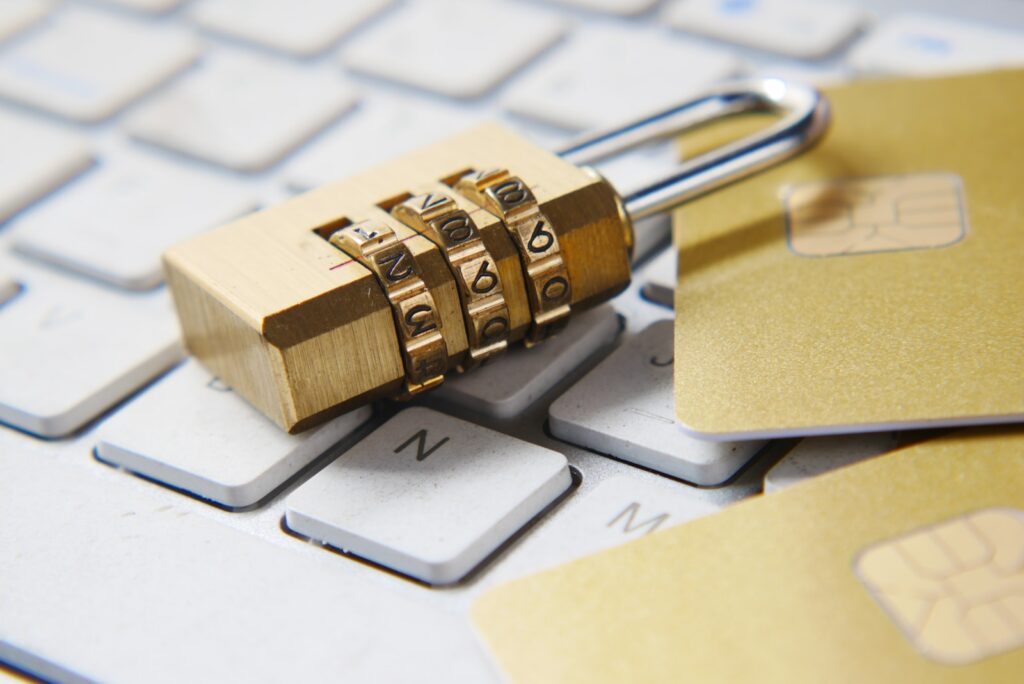Beginner’s Guide to Asset Protection: Preventing Identity Theft
As a real estate investor, borrower, or lender, you likely understand the importance of asset protection. Whether you’re investing in properties, borrowing funds for a project, or lending money to others, your financial future depends on safeguarding your assets. However, one of the biggest threats to your financial security is identity theft. In today’s digital age, cyber criminals are constantly looking for ways to steal personal information and use it for fraudulent purposes. Identity theft can lead to significant financial losses, damage your credit score, and cause legal issues. That’s why it’s essential to take steps to prevent identity theft and protect your assets.
In this beginner’s guide, we’ll show you how to prevent identity theft and safeguard your assets. We’ll cover the steps you can take to protect your personal information, monitor your accounts, and use identity theft protection services. We’ll also provide best practices for preventing identity theft and real-world examples of how it can be used to protect your assets. By the end of this guide, you’ll have a solid understanding of how to prevent identity theft and protect your financial future.
Understanding Identity Theft
Identity theft is a terrifying and increasingly prevalent type of fraud that can wreak havoc on your financial life. It occurs when a thief steals your personal information, such as your name, address, Social Security number, credit card numbers, or bank account information, and uses it without your permission for illegal activities, such as opening credit accounts, filing fraudulent tax returns, or making unauthorized purchases. These activities can lead to significant financial losses, damage your credit score, and even cause legal problems.
What’s more, identity theft can happen to anyone, regardless of age, income, or occupation. Cyber criminals are constantly looking for ways to steal personal information, and they often use sophisticated methods, such as phishing scams or hacking into databases, to obtain it. Once they have your information, they can use it for years without your knowledge, causing untold financial damage and personal stress.
That’s why understanding identity theft and taking steps to prevent it are crucial to protecting your financial future. By being aware of the risks and following best practices for preventing identity theft, you can reduce your chances of becoming a victim and ensure that your assets are protected.
Why Preventing Identity Theft is Critical?
Preventing identity theft is critical because the consequences of becoming a victim can be devastating to your financial future. Identity theft can cause significant financial damage that can take years to recover from. In some cases, the damage can be so severe that it can lead to bankruptcy, foreclosure, or other serious financial issues.
Identity theft can also harm your credit score, making it difficult to obtain loans or credit in the future. A lower credit score can result in higher interest rates and fees, making it more challenging to achieve your financial goals, such as purchasing a home or starting a business.
Furthermore, identity theft can lead to legal issues, such as being wrongfully accused of a crime or having to go through a lengthy legal process to clear your name. This can cause significant stress and anxiety, which can affect your overall well-being.
By taking steps to prevent identity theft, you can help safeguard your assets and avoid these problems. Prevention is much easier than trying to recover from identity theft, which can be a long and stressful process. By being proactive and following best practices for preventing identity theft, you can protect your financial future and give yourself peace of mind.
Steps to Preventing Identity Theft
Here are some essential steps you can take to prevent identity theft:
1. Protect Your Personal Information
One of the easiest ways to prevent identity theft is to protect your personal information. This includes your Social Security number, credit card numbers, and bank account information. You should never give out this information unless it is absolutely necessary, and you should always make sure that the person or organization requesting it is legitimate.
When giving out personal information, be cautious of phishing scams. Phishing scams are fraudulent emails, text messages, or phone calls that appear to be from a legitimate source, such as a bank or credit card company. These scams often request that you provide personal information, such as your Social Security number or credit card information. Always be cautious of these requests and only provide personal information to trusted sources.
2. Use Strong Passwords and Two-Factor Authentication
Another crucial step in preventing identity theft is to use strong passwords and two-factor authentication. A strong password should be a mix of letters, numbers, and symbols, and avoid using easily guessed information such as birthdays or pet names. Two-factor authentication adds an extra layer of security by requiring a code sent to your phone or email in addition to your password. Using two-factor authentication can significantly reduce the risk of identity theft.
3. Monitor Your Credit Report and Accounts Regularly
Regularly monitoring your credit report and accounts is a critical component of preventing identity theft. You should monitor your accounts for any suspicious activity, such as purchases you didn’t make or changes to your personal information. You should also review your credit report regularly for any signs of fraud or errors. Under the Fair Credit Reporting Act, you can get a free copy of your credit report from each of the three major credit bureaus once a year.
4. Be Careful with Public Wi-Fi
Public Wi-Fi can be a haven for identity thieves, so it’s essential to be cautious when using it. Avoid logging into sensitive accounts, such as your bank or credit card accounts, while on public Wi-Fi. If you must use these accounts, use a secure connection, such as a virtual private network (VPN), to protect your information .
5. Shred Sensitive Documents
Shredding sensitive documents is another critical step in preventing identity theft. This includes documents that contain personal information, such as your name, address, and Social Security number. You should also shred any old credit cards or other financial documents before disposing of them.
6. Consider Using Identity Theft Protection Services
Identity theft protection services can provide an added layer of security for your personal information. These services can monitor your credit report, alert you to any suspicious activity, and help you recover from identity theft if it does occur. Some of these services also offer identity theft insurance, which can help cover the costs associated with recovering from identity theft.

Best Practices for Preventing Identity Theft
In addition to the steps outlined above, here are some best practices you should follow to help prevent identity theft:
- Be cautious when giving out personal information.
- Use strong passwords and two-factor authentication.
- Monitor your credit report and accounts regularly.
- Avoid using public Wi-Fi for sensitive activities.
- Shred sensitive documents before disposing of them.
- Consider using identity theft protection services.
How Preventing Identity Theft Can Be Used?
Here are some examples of how preventing identity theft can be used to protect your assets:
- If you’re a real estate investor, you may have a lot of personal and financial information stored on your computer. By following best practices for preventing identity theft, such as using strong passwords and two-factor authentication, you can help ensure that this information is kept secure.
- If you’re a borrower or lender, you may be exchanging sensitive information, such as Social Security numbers or bank account information. By being careful with this information and using identity theft protection services, you can help prevent identity theft and protect your assets.
Final Words
Preventing identity theft is an essential step in protecting your financial future, particularly in the real estate industry. By taking steps to protect your personal information, monitor your accounts, and use identity theft protection services, you can help safeguard your assets and avoid the negative consequences of identity theft. Remember to follow best practices for preventing identity theft, including using strong passwords, avoiding public Wi-Fi, and shredding sensitive documents. By doing so, you can help protect your assets and your financial future.
So, Identity theft is a serious threat that can have long-lasting consequences. By taking action to prevent identity theft, you can help protect your assets and your financial future. What steps will you take to prevent identity theft? Share your thoughts in the comments below.
